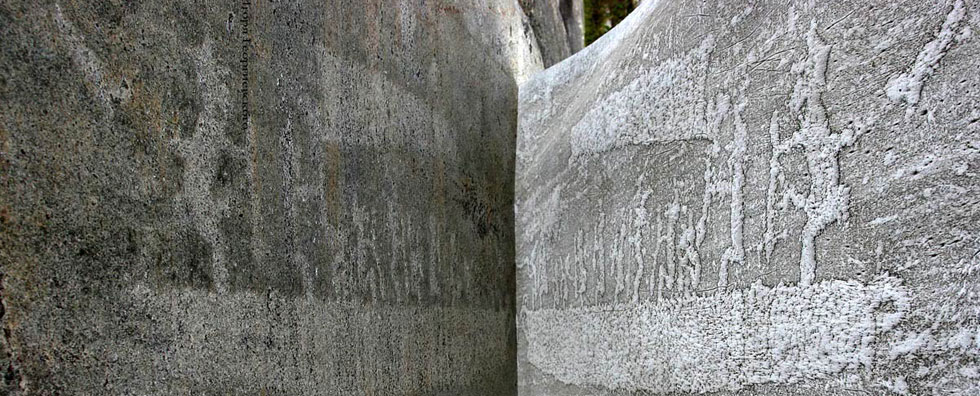
Issue №2, Vol. 22
Galaktionov O., Vasiliev A., Elhova M., Kempi E., Guryleva E. Methods for Managing Stand Development under Clear-Cutting Operations // Resources and Technology. 2025. №2, Vol. 22. P. 84‒114.
DOI: 10.15393/j2.art.2025.8563
Methods for Managing Stand Development under Clear-Cutting Operations
| Galaktionov Oleg | Petrozavodsk State University, ong66@mail.ru |
| Vasiliev Aleksei | Petrozavodsk State University, alexvasiliev97@mail.ru |
| Elhova Marija | Petrozavodsk State University, elxx@mail.ru |
| Kempi Elena | Petrozavodsk State University, kem.elena@yandex.ru |
| Guryleva Ekaterina | Petrozavodsk State University, emguryleva@gmail.com |
|
Key words: Improvement felling selective felling logging regime damage rate forest stands harvesting technologies |
Summary: The paper analyses studies on the methods and regimes of thinning and selective felling. For the analysis, we selected the articles in which it is possible to determine accurately the parameter of impact on the forest stand. According to the reviewed studies, the felling regime is determined primarily by the intensity of felling. The aim of the felling system is mainly to maximize the stock for the final felling, to improve timber quality and to preserve the forest environment. Recommendations include a large set of practical actions — training, preservation of forest environment, reduction of damage to wood and root systems, increasing economic efficiency of operations. The most frequently chosen management parameters in the research are cutting intensity — 22.9 %, limited by normative requirements and the type of technological process — 20 %, due to a small variety of felling in old-growth forests. Sometimes equipment parameters are not adapted to the stand condition — 11.4 %, which is associated with the consideration of equipment as an element of technological process. Researchers refer to the practice of modelling the technological process of felling and the consequences of its application, but the models are not used as an applied tool. The authors have concluded that the main management processes of forest resources development are implemented by changing the intensity of felling as the main way of impact and by organization of the technological process taking into account the current state of the harvesting area. Changing equipment parameters is practiced rarely. To improve the situation, training in harvesting operations or developing tools to control the level of impact on forest stands are required. In practice, little consideration is given to the possibilities of preserving the forest environment during harvesting and to alternative and combined forest use. |
Displays: 369; Downloads: 227;




